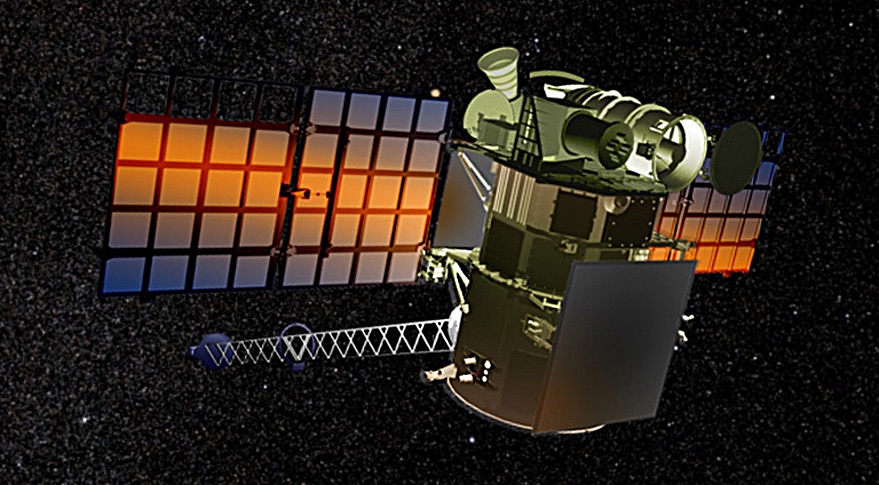
BROOMFIELD, Colo. — A National Oceanic and Atmospheric Administration spacecraft that provides space weather data and Earth imagery is back in service, nine months after suffering a technical problem.
NOAA announced March 2 that the Deep Space Climate Observatory, or DSCOVR, spacecraft had resumed normal operations. That includes providing key data used in space weather observations as well as images of the Earth from NASA’s Earth Polychromatic Imaging Camera instrument.
The spacecraft, which is at the Earth-sun L-1 Lagrange point, 1.5 million kilometers from Earth in the direction of the sun, went into “safe hold” June 27, disrupting normal operations. That safe hold was triggered by a problem with the spacecraft’s attitude control system.
NOAA said in September that engineers were working on a software fix to correct the problem. At the time the agency expected that new software to be ready in the first quarter of 2020.
“Bringing DSCOVR operational again shows the unique skills and adaptability of our NOAA and NASA engineers and the care we are taking to get the maximum life from an aging asset,” Steve Volz, assistant NOAA administrator for its satellite and information service, said in a statement about the recovery of DSCOVR.
Although DSCOVR has its origins in a NASA mission called Triana two decades ago to provide full-disk Earth imagery, its primary mission is to collect space weather data. While the spacecraft was offline, NOAA instead used NASA’s Advanced Composition Explorer (ACE) spacecraft to provide those observations.
ACE, however, is an aging spacecraft, raising concerns that had it failed, NOAA would have been without key data needed to forecast solar storms. NOAA also uses the ESA/NASA Solar and Heliospheric Observatory (SOHO) spacecraft to observe the solar corona. SOHO, launched in 1995, is far beyond its design life.
“Should we lose some of those key spacecraft that we talked about, I won’t say we’re blind, but we’re darn close,” said William Murtagh, program coordinator for NOAA’s Space Weather Prediction Center, during a Feb. 12 Senate Commerce Committee hearing that discussed those missions. “It will impact our ability to support this nation’s need for space weather services.”
Ultimately, DSCOVR, along with ACE and SOHO, will be replaced by the Space Weather Follow-On L-1 mission that NOAA is developing. NOAA, in its fiscal year 2021 budget proposal released in late February, requested $108.1 million for the mission, up from the $64 million it received in 2020. The funding increase would keep the mission on schedule for a 2024 launch, sharing a launch with NASA’s IMAP space science mission.
"back" - Google News
March 03, 2020 at 06:54PM
https://ift.tt/2x7nDkv
DSCOVR back in operation - SpaceNews
"back" - Google News
https://ift.tt/2QNOfxc
Shoes Man Tutorial
Pos News Update
Meme Update
Korean Entertainment News
Japan News Update
Bagikan Berita Ini














0 Response to "DSCOVR back in operation - SpaceNews"
Post a Comment